Table of content
- 1 Germination
- 2 Vegetative Growth
- 3 Root Enlargement
- 4 Flowering and Bolting
- 5 Seed Formation
- 1 Temperature Tolerance
- 2 Light Requirements
- 3 Water Management
- 4 Soil Preferences
- 1 Sexual Reproduction
- 2 Asexual Reproduction
- 3 Dormancy and Seed Viability
- 1 Symbiotic Relationships
- 2 Pollinator Attraction
- 3 Pest and Disease Management
- 4 Soil Improvement
- 1 Agricultural Practices
- 2 Culinary Diversity
- 3 Nutritional and Medicinal Value
- 4 Economic Impact
- 1 Climate Vulnerabilities
- 2 Genetic Erosion
- 3 Sustainable Cultivation
Introduction
The white radish (Raphanus sativus var. longipinnatus), a member of the Brassicaceae family, is a root vegetable celebrated globally for its crisp texture, mild peppery flavor, and adaptability. Native to East Asia, this biennial plant has thrived across continents, becoming a staple in kitchens and agricultural systems alike. Beyond its culinary appeal, the white radish exhibits a suite of life habits—encompassing growth patterns, environmental adaptations, reproductive strategies, and ecological interactions—that underscore its resilience and ecological significance. This article delves into the intricate life cycle of the white radish, exploring how it navigates seasonal shifts, interacts with biotic and abiotic factors, and contributes to agricultural and natural ecosystems.
Growth and Developmental Stages
The life of a white radish begins as a seed, progressing through distinct phases that reflect its adaptation to temperate climates.
1 Germination
Germination initiates under specific environmental cues: moisture, oxygen, and temperatures between 15–25°C (59–77°F). The seed absorbs water, swelling until the embryonic root (radicle) emerges, followed by the shoot (plumule). This stage typically lasts 5–10 days, with soil moisture being critical—excessive water can induce rot, while drought halts progress.
2 Vegetative Growth
Post-germination, the plant enters a rapid vegetative phase. Cotyledons (seed leaves) expand, photosynthesizing until true leaves develop. Rosette formation occurs as leaves grow in a basal cluster, maximizing light absorption. Stem elongation remains minimal during this phase, directing energy to root development.
3 Root Enlargement
The defining feature of the white radish is its swollen taproot, which begins enlarging 3–4 weeks after sowing. The root’s growth is influenced by:
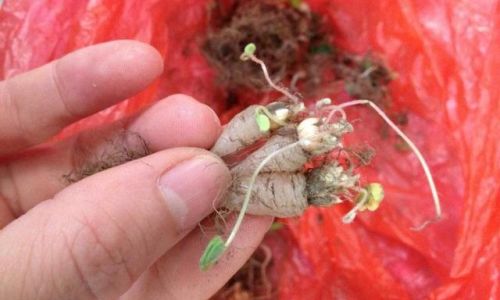
- Soil Structure: Loose, well-drained soils with low resistance allow unobstructed expansion.
- Nutrient Availability: Phosphorus and potassium promote root cell division, while nitrogen supports foliar growth.
- Photoperiod: Short-day conditions may accelerate root bulking in some cultivars.
The root’s epidermis thickens, forming a protective cork layer, while internal tissues store water and nutrients, contributing to its crispness.
4 Flowering and Bolting
In its second year (or under stress), the white radish transitions to reproductive growth. Stems elongate rapidly (bolting), producing a flower stalk (scape) up to 1.5 meters tall. This shift is triggered by vernalization—prolonged cold exposure—or environmental stressors like drought.
5 Seed Formation
The scape bears cross-shaped, four-petaled white or lavender flowers. Self-pollination occurs, though insects like bees enhance cross-fertilization. Pods (siliques) develop, each housing 4–10 seeds. Maturation takes 6–8 weeks, with pods turning brown and dry. Seeds are dispersed by wind, water, or animals, ensuring genetic diversity.
Environmental Adaptations
The white radish’s success stems from its ability to tolerate diverse conditions, making it a hardy crop in temperate and subtropical regions.
1 Temperature Tolerance
As a cool-season crop, it thrives at 13–18°C (55–64°F) during root development. Frost tolerance varies: young plants withstand mild freezes, while mature roots may suffer cell damage below -2°C (28°F). High temperatures (>25°C/77°F) accelerate bolting, reducing root quality.
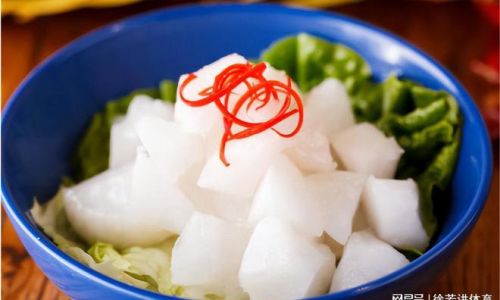
2 Light Requirements
Full sun (6–8 hours daily) optimizes growth, though partial shade is tolerated. Low light induces elongated stems and smaller roots. Photoperiod sensitivity varies by cultivar; some require long days to flower, while others bolt under short days.
3 Water Management
The plant demands consistent moisture, especially during root enlargement. Soil moisture levels between 70–80% field capacity are ideal. Irregular watering causes splitting or woody texture. Drought stress triggers premature flowering, compromising yield.
4 Soil Preferences
Sandy loam to loam soils with pH 6.0–7.0 are optimal. High organic matter improves water retention and nutrient availability. The plant tolerates poor soils but performs best with balanced fertilization.
Reproductive Strategies and Lifecycle Flexibility
The white radish employs a mix of sexual and asexual reproduction, balancing survival and genetic diversity.
1 Sexual Reproduction
Flowering and seed production ensure genetic variation. The plant’s biennial nature delays reproduction, allowing energy storage in the root. However, stress-induced bolting in the first year (premature flowering) can occur, reducing harvestable roots.
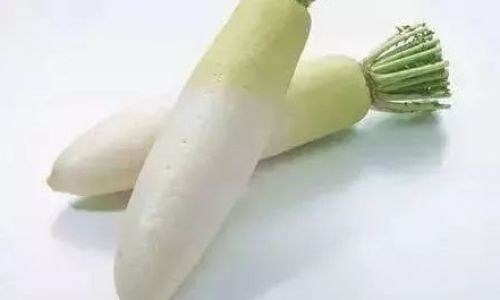
2 Asexual Reproduction
In some regions, farmers use root cuttings for propagation. Small sections of the root with buds (eyes) can regenerate new plants, though this method is less common than seed cultivation.
3 Dormancy and Seed Viability
Mature seeds enter dormancy, requiring stratification (cold treatment) to break seed coat-induced latency. Viability lasts 3–5 years under cool, dry storage, enabling long-term seed banking.
Ecological Interactions
The white radish plays multifaceted roles in ecosystems, influencing soil health, pollinator networks, and pest dynamics.
1 Symbiotic Relationships
- Mycorrhizal Fungi: Enhance phosphorus uptake, benefiting root growth.
- Rhizobia Bacteria: Fix atmospheric nitrogen in root nodules, though less efficiently than legumes.
2 Pollinator Attraction
Flowers secrete nectar rich in sugars, attracting bees, hoverflies, and butterflies. This pollination service boosts seed yields, crucial for wild populations and seed-saving farmers.
3 Pest and Disease Management
- Natural Predators: Ladybugs and lacewings consume aphids, common pests.
- Allelochemicals: The plant releases glucosinolates, deterring soil pathogens and competing weeds.
- Disease Resistance: Modern cultivars resist fungi like Fusarium and Rhizoctonia, though root rot remains a challenge in waterlogged soils.
4 Soil Improvement
The taproot penetrates deep soil layers, enhancing water infiltration and nutrient cycling. Leaf litter decomposes rapidly, adding organic matter. In crop rotations, white radish breaks pest cycles and suppresses nematodes.
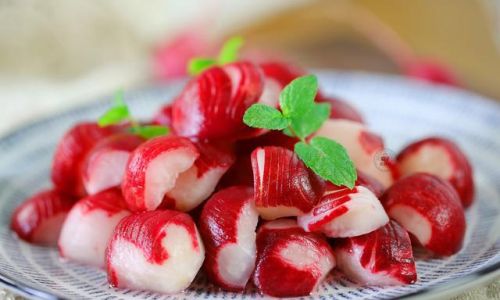
Human Utilization and Cultural Significance
Beyond its ecological roles, the white radish shapes human diets, economies, and traditions.
1 Agricultural Practices
- Planting: Seeds are sown directly in early spring or late summer for fall/winter harvests.
- Spacing: Rows 30–45 cm apart allow root expansion without competition.
- Harvesting: Roots are pulled 4–8 weeks post-germination, depending on cultivar size.
2 Culinary Diversity
- Fresh Consumption: Sliced in salads, paired with dips, or grated into slaws.
- Cooking: Roasted, stir-fried, or added to soups and stews.
- Fermentation: Pickled with salt, vinegar, or soy sauce (e.g., Korean mu or Japanese daikon).
3 Nutritional and Medicinal Value
Rich in vitamin C, folate, and fiber, the root aids digestion and may reduce inflammation. Traditional medicine uses it to treat coughs and detoxify the body.
4 Economic Impact
Global production exceeds 70 million tons annually, with China, India, and South Korea leading cultivation. Its low input requirements and high market demand sustain smallholder livelihoods.
Challenges and Conservation
Despite its hardiness, the white radish faces threats from climate change and monoculture farming.
1 Climate Vulnerabilities
Erratic rainfall and heatwaves disrupt growth cycles, while rising temperatures accelerate bolting. Breeding programs focus on heat-tolerant varieties.
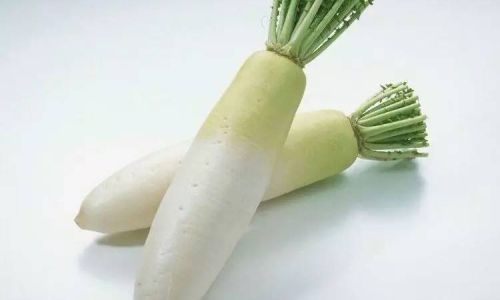
2 Genetic Erosion
Indigenous landraces are disappearing as hybrid cultivars dominate. Seed banks and community seed exchanges aim to preserve genetic diversity.
3 Sustainable Cultivation
Intercropping with legumes or cover crops reduces pesticide use, while organic practices maintain soil health.
Conclusion
The white radish’s life habits—from its meticulous growth stages to its ecological versatility—highlight its evolutionary finesse. By adapting to climatic extremes, forging symbiotic alliances, and nourishing ecosystems, this unassuming root vegetable remains a cornerstone of global food systems. As stewards of biodiversity, understanding and protecting its life habits ensures its continued role in sustainable agriculture and cultural heritage. Whether gracing a plate or stabilizing an ecosystem, the white radish embodies resilience, reminding us of nature’s capacity to thrive through adaptability and interconnectedness.

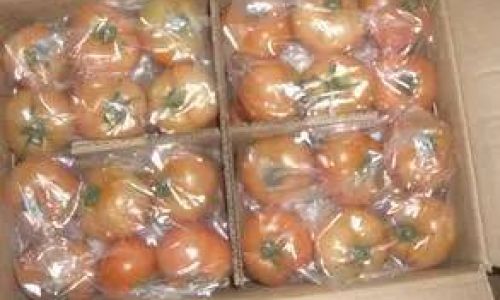
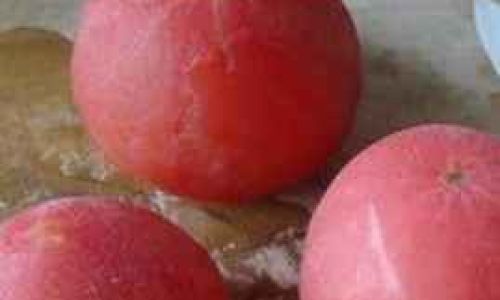
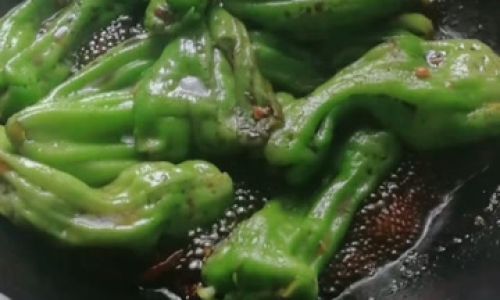
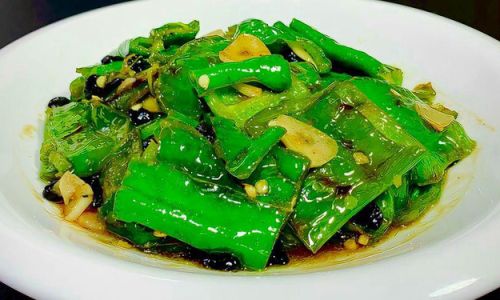
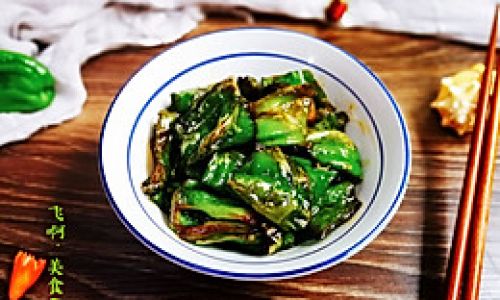
0 comments